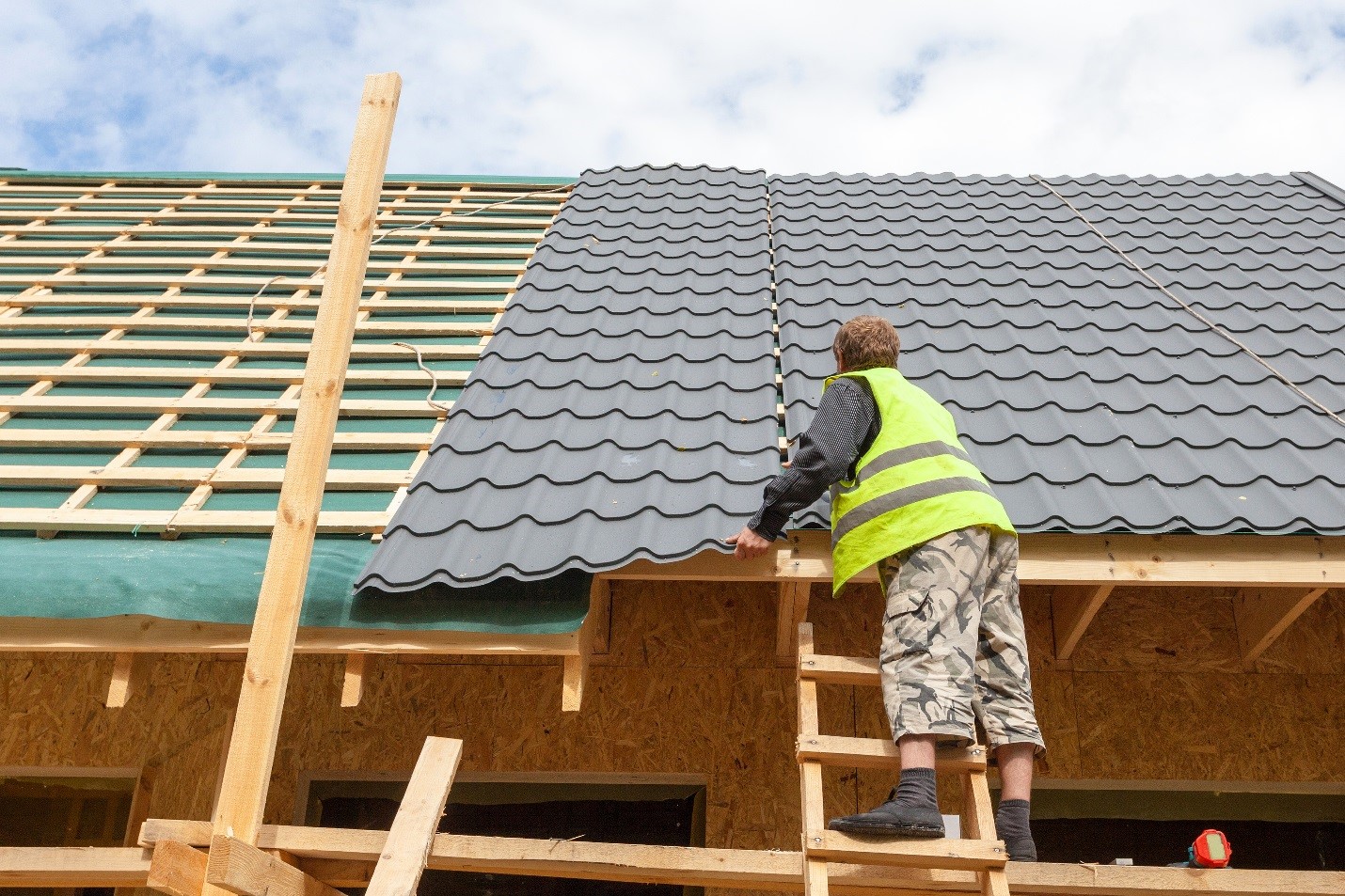The California Energy Commission wholly supports the roofing contractors in Palo Alto, CA in their bid to promote cool roofs as the primary material for new and replacement roofing for Palo Alto buildings.

According to the 2010 Palo Alto Municipal Code (PAMC) on Building Inspection, residential homes that are due for a roof replacement must meet the general prescriptive requirements for installing cool roofs. This is specifically true for homes that need to replace more than 50% or at least 1,000 square feet of roofing, either due to disrepair or old age.
What is a cool roof?
Cool roofs are primarily identified by their solar reflectance and thermal emittance values. In fact, the Building Division of Palo Alto Municipal requires the roofing products to don labels stating the values for both, as well as the mark of energy standard compliance, like Energy Star, to be classified as a cool roof.
To put it simply, a cool roof can effectively reflect the sun’s hot rays while also emitting radiation to cool itself. These qualities are important in reducing the internal temperature of homes to a more comfortable thermal warmth without the excessive use of air conditioners or fans.
The different types of cool roof
There are generally four types of cool roofs in the market: naturally cool, coated, insulated, and green/living.
Naturally cool roofs use white concrete tiles, vinyl, or other white-colored materials to effectively reduce heat absorption and increase the roof’s ability to reflect light up to 60%. This type is most commonly used, although the white color might seem a little off-putting for those who are after style as much as reducing their energy costs.
Fortunately, not all cool roofs have to be white. Traditional roofs can be turned into cool roofs with a special solar reflective coating. Coated roofs are available in cool dark colors that can reflect the invisible sunlight as effectively as naturally cool roofs.
Another way to reduce heat reflectance is to install an insulated cool roofing system that makes use of a thermally resistant insulation to keep heat out and cool air in. This type of cool roofing system can actually help HVAC systems to work more efficiently, thus reducing your total energy consumption. This type of cool roof, however, is mostly used by commercial buildings as high R-value insulation roofing systems can be quite costly.
Lastly, green, living, or vegetated roofs can also act as a cool roof. These are retrofitted roofs that are specifically designed to support plant life. This type of roofing system is the top choice of those who are environmentally-conscious, although its heat reflectance is poorer than the other types of cool roof.
Just take note that in choosing a cool roofing system, the house’s architecture and the surrounding climate must always be taken into consideration before deciding which cool roof type you want to be installed on your home.
Sources:
COOL ROOF
cityofpaloalto.org
Cool Roofs
eesi.org
